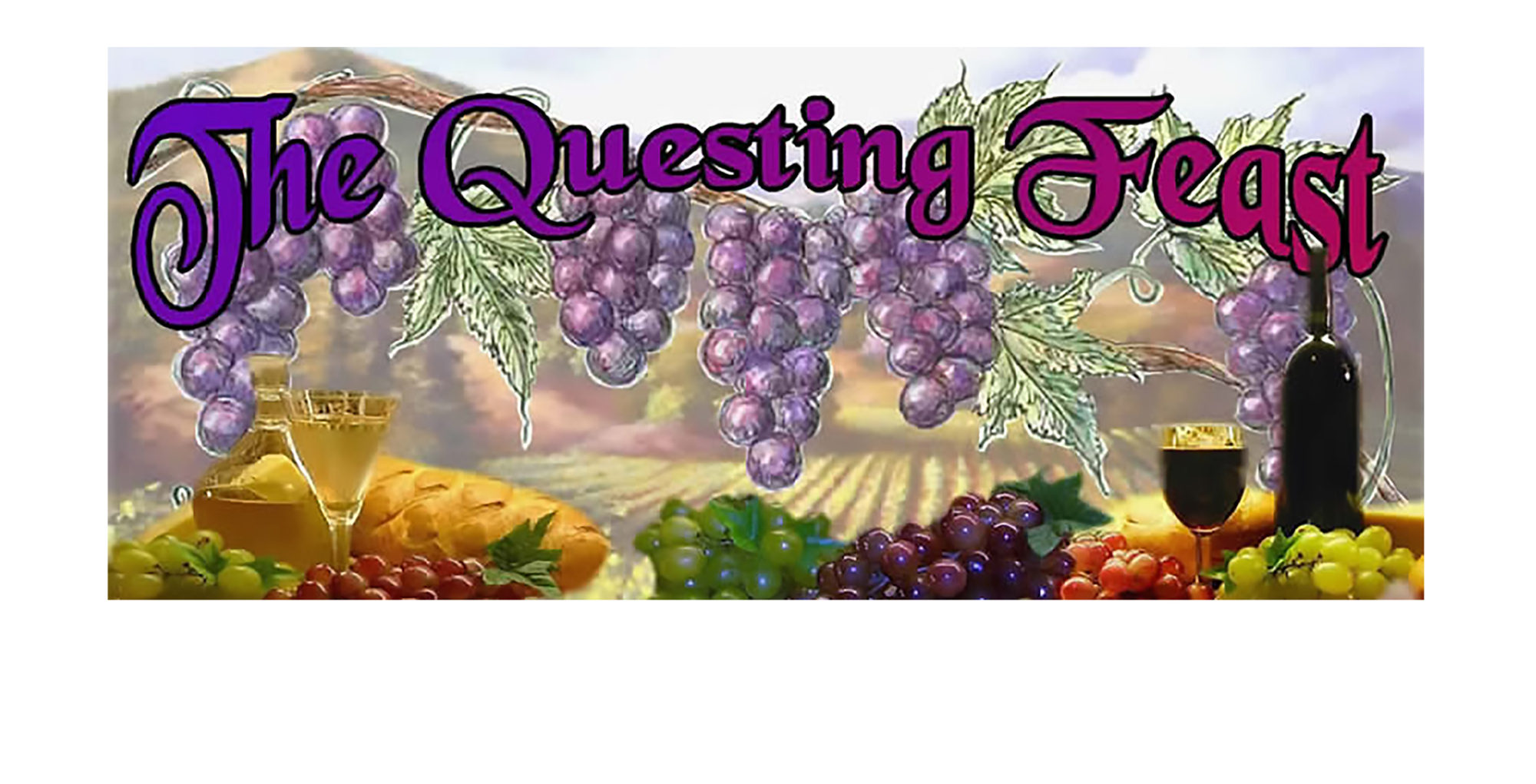by Geraldine Duncann
Facebook * Twitter * Patreon
Photos to come!
Perfect mashed potatoes are not difficult to achieve, but I do find the job goes easier if I start by running the boiled spuds through an old fashion potato ricer. I feel fortunate that I have my mother’s which dates from the early 1900’s. They are still being manufactured, however the old ones are much more functional and of superior construction.
How Many Spuds Will I Need: A basic rule of thumb is, one pound of potatoes will make about half a cup of mashed potatoes. This will vary slightly depending on the type of potato used, how old they are, how long they were cooked, etc.
To Peel or Not to Peel: Peeling your spuds before boiling definitely makes the mashing process easier, however, peeling before boiling can allow them to too much water which can result in somewhat less than perfect mashed potatoes. It’s your call. Peeling hot boiled spuds can be a great big pain in the euphemism.
Boiling the Potatoes: Whether you peel or do not peel, scrub the spuds first. Then place in a large pot and cover with cold water. Bring to a rapid boil, and then reduce the heat to maintain a slow rolling boil, cover and cook until the potatoes are fork tender but not falling apart. Once they have been cooked long enough to begin falling apart they will start to absorb water. As soon as they are done, drain (Always run the cold water tap while draining a hot pot. This will prevent the boiling water from breaking the seals in your pipes). Mash or rice your potatoes while they are still hot.
To Rice or Not to Rice: If you have a ricer, by all means use it. Riceing the potatoes before mashing makes for the most perfect mashed potatoes, however, if you don’t have a ricer, don’t sweat it. You can still have excellent mash, it’s just a wee bit more work. If using a ricer, always rinse it under running water as soon as you have finished. Once the little bits of potato dry on it it is a real pain to clean.
Milk, Cream and Butter: For the richest, most flavorful mashed potatoes I like to use half-and-half and lots of butter. This of course does add a significant amount of unwanted calories and cholesterol. Mashed potatoes are just fine with milk and a wee bit of butter or even no butter at all but butter does really make them yummy. I find that using pure cream makes them just a bit too sweet for my taste. On the farm, however my mother always used cream because we had a cow, and as a kid I loved them. Whatever you use, you should have the liquid warm before adding to the spuds, and if using butter, melt it in the hot milk or cream.
 | With a Ricer: If you are using a ricer, run the spuds through it, a bit at a time. Use a very large bowl, one deep enough that you can put the ricer below the rim, because sometimes bits of potato shoot out of the ricer and splatter about the kitchen. Hot mashed potato in the eye isn’t very plesant. Once the potatoes have been riced you may then begin slowly adding the hot liquid and butter and just whip them with a fork. |
 | Without a Ricer: If you are not using a ricer, put the spuds in a deep bowl and mash with a hand held masher. Once they are all mashed, use a fork and begin whipping in the warm liquid and butter. Some people like to use a food processor or a rotary beater. I find that sometimes this can develop gluten in the potato and make them just a bit on the gluey side. |
How Much Liquid: How much milk or cream and butter to add is strictly up to you. Some people like their mashed potatoes quite stiff. I personally like them quite soft. Add the liquid slowly until you reach the desired texture.
Seasoning: Once the potatoes are whipped you may season them however you wish. Salt and most likely pepper or course. Some people like to add a bit of minced parsley, fresh chives or other herbs. Some people slip in a bit of grated Parmesan or other cheese. Me, unless I am using them for some special application, I like them with just salt and pepper. To serve I usually put a gob of butter in the center and let it melt into a golden pool and sprinkle a wee bit of chopped parsley over the top, just for presentation.
Roasted Garlic: An excellent addition to mashed potatoes is Roasted_Garlic. Chop the cloves of roasted garlic fine and mix with the mashed potatoes along with any other seasonings you may be adding. How much. That’s up to you.
Leftovers: I always make more mashed potatoes than I think we are going to need because leftover mash has many excellent uses.
Rustic Mashed Potatoes:
| In my opinion, rustic mashed potatoes are the invention of restaurateurs who wish to save the costly labor of peeling and mashing potatoes. Now mind, I’m not saying that they aren’t good, but please, call them something else. Rustic refers to things of the country and every country farm wife prided herself on her creamy, smooth mashed potatoes. If her mashed potatoes had been full of lumps and still had the peels on, her husband would most likely have sent her packing. So, let’s call this modern creation something else. How about, Lumpy Good Tasting Spuds?” |  |

